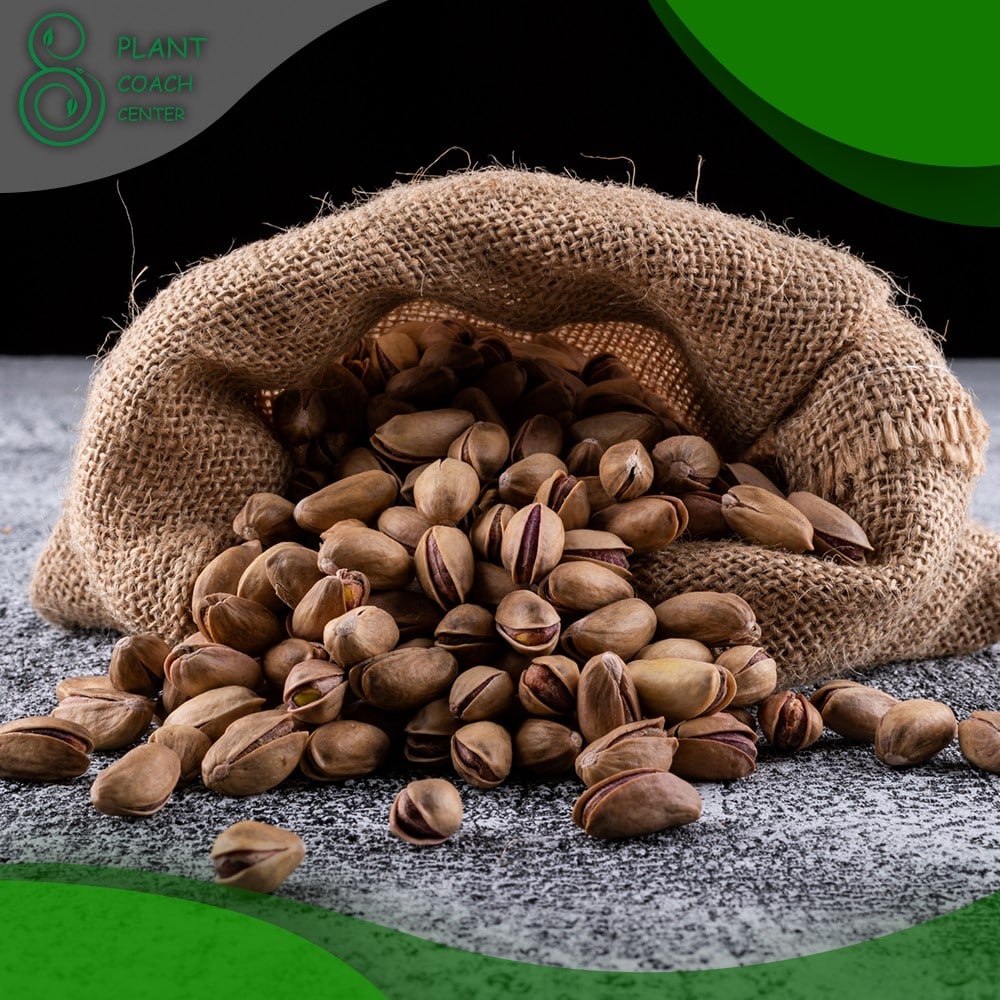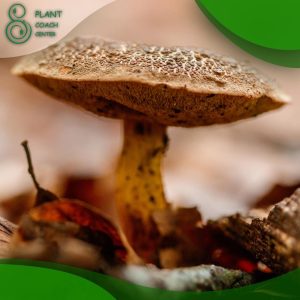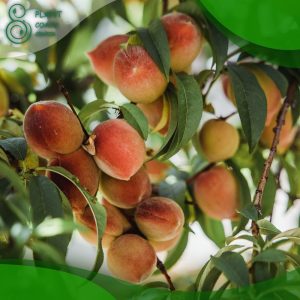Welcome to this comprehensive guide from PlantCoachCenter.com about the journey of pistachios “from seed to snack”. If you’ve ever munched on a handful of these delicious nuts and wondered, how do pistachios grow?, you’re in the right place.
Introduction
Pistachios, those delightful, green-hued nuts, have been enjoyed by people for thousands of years. But have you ever stopped between crunches to consider how these little wonders of nature come to your table? Let’s unravel the intriguing journey of the pistachio.
The Origin of Pistachios
Historical Background
Pistachios are no new-kid-on-the-block. Their history dates back to the Bronze Age, around 6000 B.C. Native to Western Asia and the Middle East, these nuts have been a symbol of wealth, prosperity, and good health in various cultures.
Commercial Cultivation
From these ancient beginnings, pistachios have spread across the globe. Today, they’re commercially grown in several countries, including the United States, Iran, and Turkey, with California being a significant producer.
How Do Pistachios Grow: A Deep Dive
Pistachios don’t simply appear in the grocery aisle. Their journey is a fascinating fusion of nature’s magic and human endeavor. Let’s delve deeper into this process.
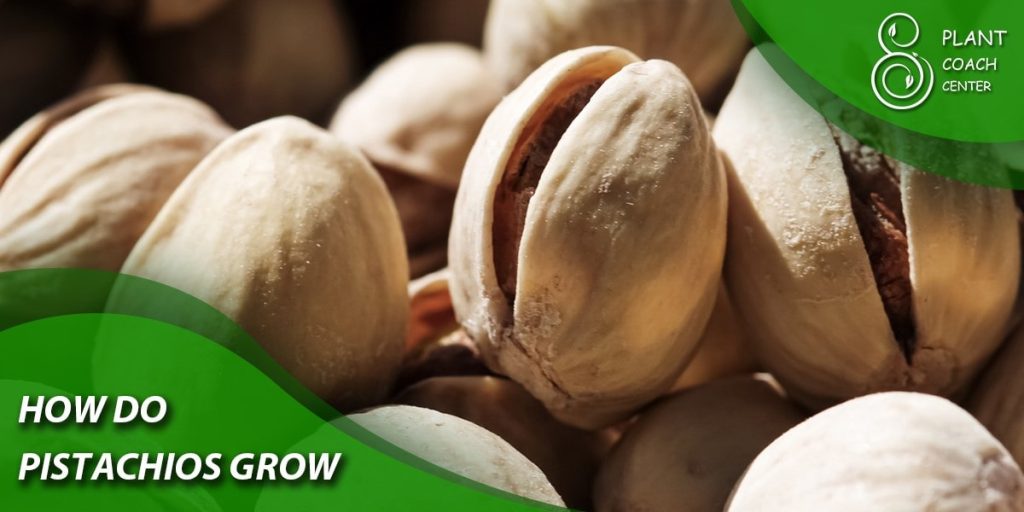
The Pistachio Tree
At the heart of pistachio production is the Pistacia vera tree, a resilient species that thrives in challenging conditions. These trees can grow up to 10 meters high and are known for their twisted, gnarled appearance that speaks volumes of their hardy nature.
Climatic Requirements
Pistachio trees love the sun and heat. They need a long, hot summer to produce their best crop, and a cold winter to break dormancy. This makes semi-arid regions with cool winters and long, hot summers ideal for pistachio cultivation.
Planting
Planting pistachios starts with choosing the right rootstock and grafting a scion onto it. This is typically done in a nursery, and once the grafted trees are a year old, they’re transplanted to the orchard.
Watering and Fertilizing
While pistachio trees are drought-resistant, they need regular watering to produce a good yield. Overwatering, however, can lead to root rot. As for fertilizing, pistachios require a balanced nutrient mix for healthy growth.
Pests and Diseases
Pistachios face threats from pests like the Navel orangeworm and diseases such as Botryosphaeria panicle and shoot blight. Good agricultural practices help manage these threats.
Harvesting and Processing
Harvesting is an exciting time in the pistachio’s journey. Once the outer hull of the nut splits, it’s time to harvest. Post-harvest, the nuts are dried, dehulled, and roasted before they reach your snack bowl.
Step-by-Step Guide to Growing Pistachios at Home
While commercial pistachio production is a complex process, growing these trees at home is not impossible. You need the right conditions and a bit of patience, as pistachios take several years to bear fruit.
Growing your own pistachio tree can be a rewarding endeavor, offering not only delicious nuts but also a beautiful addition to your landscape. However, remember that patience is key, as these trees can take several years to bear fruit. Here’s a step-by-step guide to help you get started.
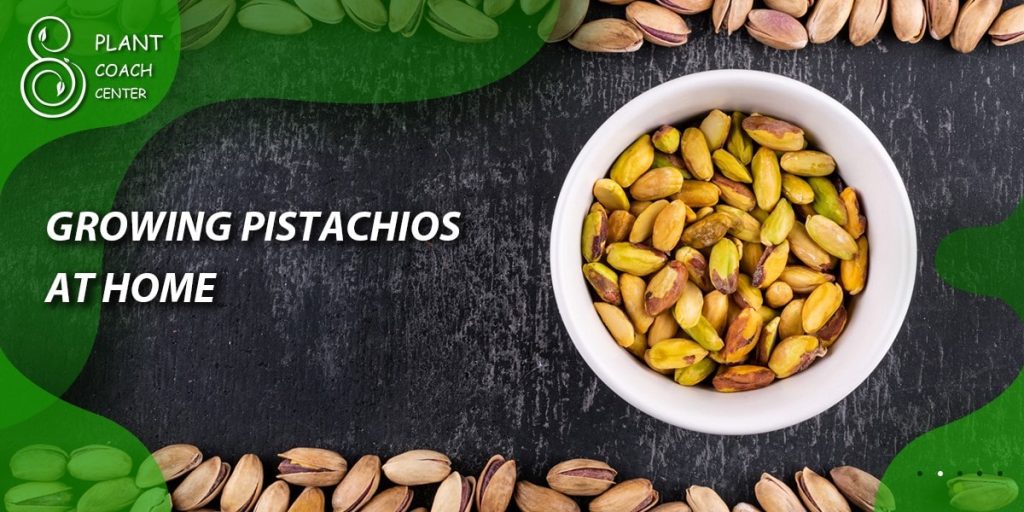
Step 1: Sourcing Your Tree
Your first step is to source a pistachio tree. While it’s technically possible to grow a tree from a nut, this method is quite challenging and not always successful. Instead, consider buying a young, grafted tree from a reputable nursery. The advantage of a grafted tree is that it combines the hardiness of a robust rootstock with the fruit-bearing capabilities of a chosen scion (the part grafted onto the rootstock).
Step 2: Planting
When you’re ready to plant, choose a sunny location with well-draining soil. The hole for the tree should be twice the size of the root ball. Place the tree in the hole, ensuring that the graft union (the point where the scion was grafted onto the rootstock) is above the soil line. Fill in the hole, tamp down the soil, and water thoroughly.
Step 3: Watering
While pistachio trees are drought-resistant, they do need regular watering, particularly in their first few years. Water deeply and allow the soil to dry out between watering sessions to prevent waterlogging and root rot. The goal is to keep the soil moist but not saturated.
Step 4: Fertilizing
A balanced fertilizer can help your tree grow strong and healthy. Apply a granular, slow-release fertilizer in early spring, following the package instructions for the correct amount.
Step 5: Pruning
Pistachio trees don’t require heavy pruning, but light annual pruning can help maintain the tree’s shape and health. Remove dead, damaged, or crowded branches to allow sunlight and air to reach the entire tree.
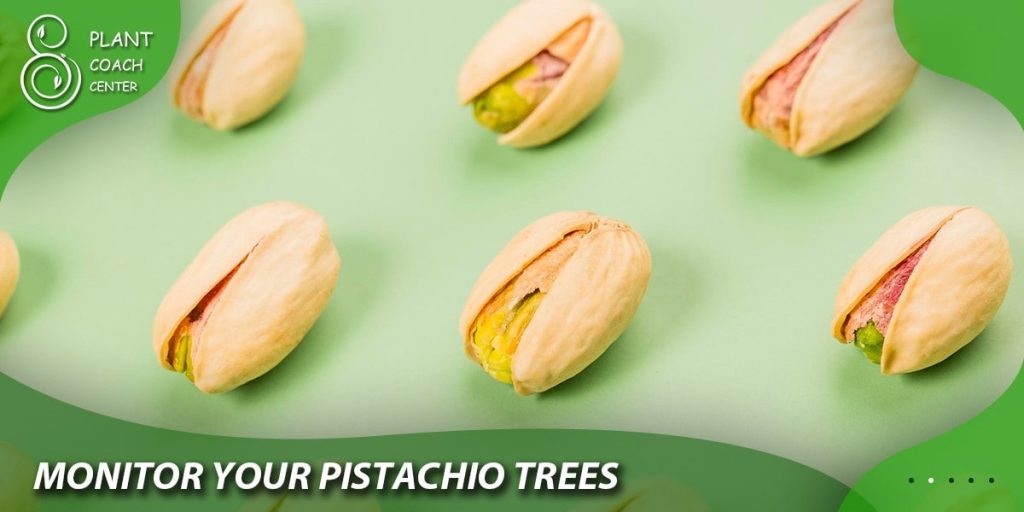
Step 6: Pest and Disease Management
Monitor your tree regularly for signs of pests or diseases. Common pests include the Navel orangeworm, and a prevalent disease is Botryosphaeria panicle and shoot blight. If you notice any problems, consult with a local extension service or a knowledgeable nursery for treatment options.
Step 7: Patience
Here’s where your patience truly comes into play. Pistachio trees can take between 7 to 10 years to bear a significant crop. But don’t lose heart; the wait will be worth it.
Step 8: Harvesting
The time to harvest your pistachios is when the outer hull on the nuts begins to split. This generally happens in late summer or early fall. Harvest by shaking the branches and collecting the fallen nuts.
Step 9: Processing
After harvest, the nuts must be processed before they’re safe to eat. This involves removing the hull (if it hasn’t fallen off during harvest), drying the nuts in a sunny location for a few days, and then optionally roasting them to enhance their flavor.
Remember, growing pistachios at home requires patience and dedication. However, the sight of your own pistachio tree heavy with nuts, coupled with the satisfaction of enjoying your own home-grown harvest, makes the effort truly worthwhile.
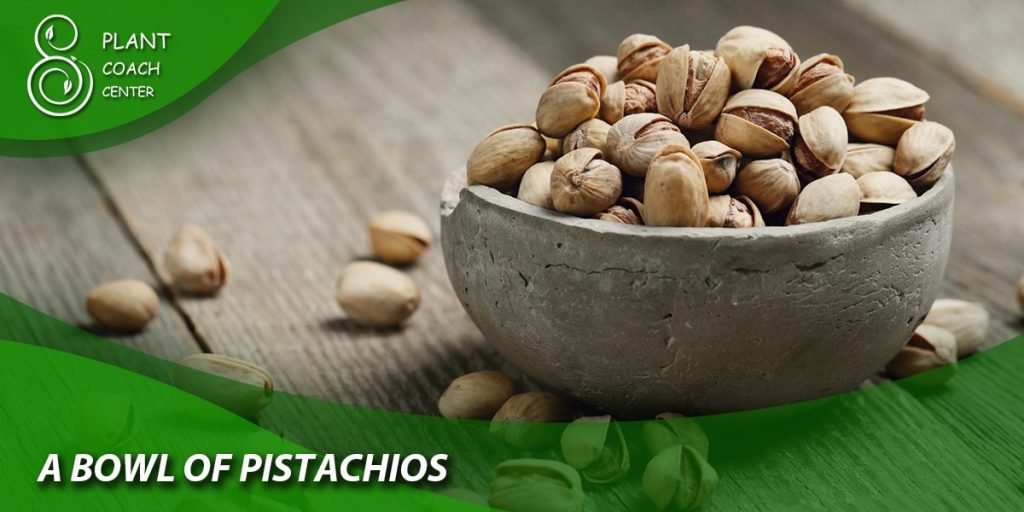
Conclusion
The journey of how pistachios grow is a fascinating blend of nature’s wonders and human ingenuity. From their ancient origins in Western Asia to their global presence today, pistachios are not only a culinary delight but also a testament to agricultural resilience. The process of growing pistachios, whether on a commercial scale or in your home garden, is a rewarding experience that deepens our connection to the food we consume. The path from the resilient Pistacia Vera tree to the roasted nut in your hand is a tale of patience, care, and understanding of nature’s rhythms.
What kind of climate do pistachios need to grow?
Pistachios thrive in areas with hot, long summers and cool, but not harsh, winters. They require a semi-arid climate and are drought-resistant.
How long does it take for a pistachio tree to bear fruit?
Patience is key when growing pistachios. A pistachio tree can take anywhere from 7 to 10 years to produce a significant yield.
Can you grow a pistachio tree from a nut?
Technically yes, but it’s usually not the most effective method.
What kind of care do pistachio trees require?
Pistachio trees need full sun exposure and well-draining soil. They should be watered regularly but not overwatered to prevent root rot. The trees also benefit from a balanced fertilizer.
What are some common pests and diseases that affect pistachio trees?
Pistachio trees can be affected by pests like the Navel orange worm and diseases such as Botryosphaeria panicle and shoot blight.
Do pistachios need to be processed before eating?
Yes, after harvesting, pistachios are dried, dehulled, and then often roasted before consumption.


